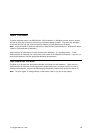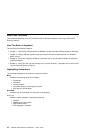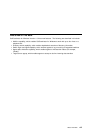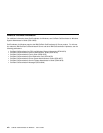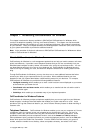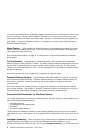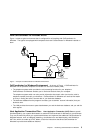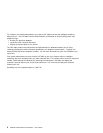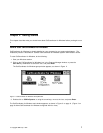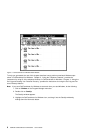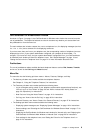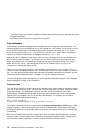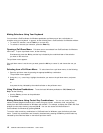
How CallCoordinator for Windows Works
Figure 1 shows a typical environment that is configured for call handling with CallCoordinator for
Windows. The agents are equipped with computers that have CallCoordinator for Windows installed on
them.
LAN
Telephone
System
Switch
Data Data
Voice
Customer
Business
Database
CallPath
CallCoordinator for Windows
Voice
CallPath
CallCoordinator for Windows
Figure 1. Example of CallCoordinator for Windows Environment
CallCoordinator for Windows Environment: As shown in Figure 1, CallCoordinator for
Windows runs on personal computers connected to a local area network (LAN).
The telephone system switch provides the call processing functions for your telephone.
CallCoordinator for Windows enables you to use those functions from your computer.
The telephone system switch can also provide information about each caller (such as the caller’s
telephone number) that calls your business. CallCoordinator for Windows can use that information
as a key in finding the caller’s account data in your business database.
The business database has the programs and data (your customers’ account information) that your
business uses.
The LAN provides the means to pass data between you and the business database, and you and the
other agents.
Host Application Transaction Files:
Host Application Transaction (HAT) files
are special
files developed by your system administrator to customize CallCoordinator for Windows for your business.
They are the means by which your system administrator can implement the additional CallCoordinator for
Windows features, such as intelligent answering, coordinated voice and data transfer, and QuickKeys.
HAT files, which are made up of HAT tables, contain the instructions that direct CallCoordinator for
Windows to provide these additional features.
Chapter 1. Introducing CallCoordinator for Windows 5



